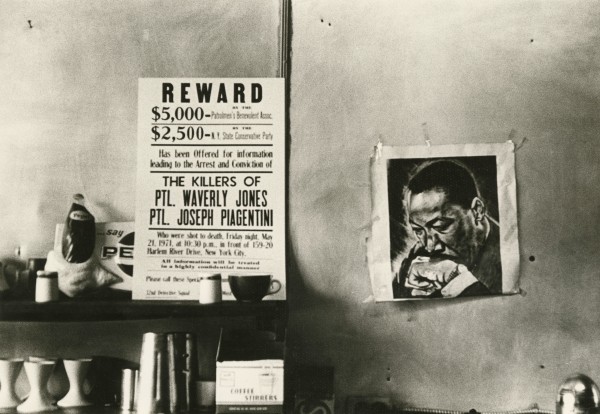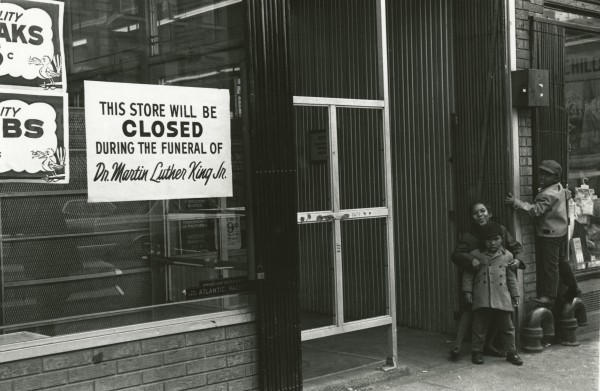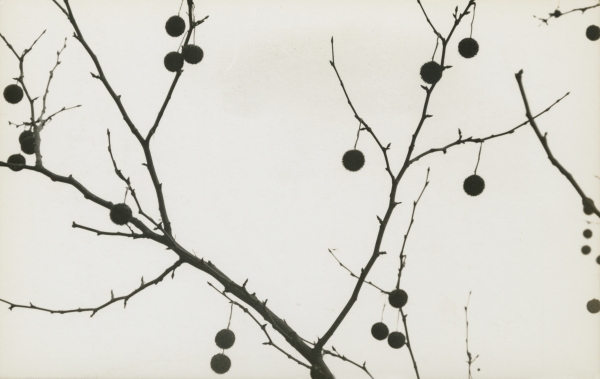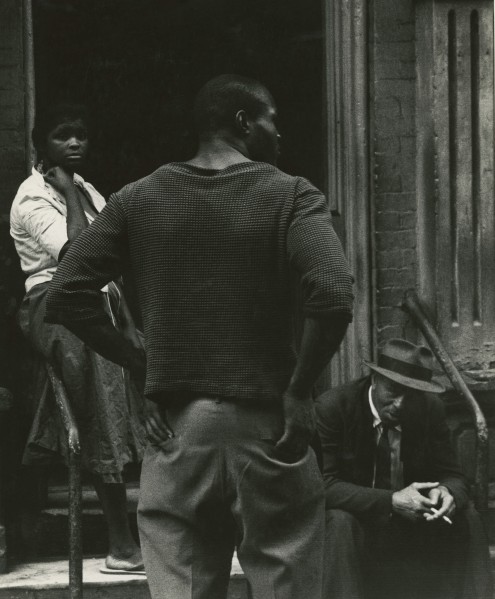In honor of Martin Luther King Jr. Day


1968

In honor of Martin Luther King Jr. Day


1968

Something a little different from Draper, though his appreciation for natural beauty is consistent.


In 1966 Camera published a portfolio entitled “Harlem” featuring the work of several Kamoinge Workshop members including Louis Draper. This image was selected as the cover photo and has become one of Draper’s most well known photographs. In 2010 it was selected as the cover image for The Self in Black and White: Race and Subjectivity in Postwar American Photography by Erina Duganne, Dartmouth College Press

John Henry, 1960 (Lower East Side, NY)
Louis Draper made connections with many influential people over the years. Fellow photographers, painters, sculptors, writers and political activists were all apart of his community. Finding this portrait of Katherine Dunham was a great joy, but certainly not a surprise considering Draper’s mission as a photographer and activist.
Katherine Dunham (1909-2006) was a groundbreaking dancer, choreographer, anthropologist and political activist. She founded the Dunham Dance Company in Chicago in 1937. After moving to New York City in 1939 the company began performing on Broadway and touring all over the world. Dunham’s techniques influenced alumni like Alvin Ailey and Ertha Kitt. Around this time the Dunham School of Art and Theater (also known as the Dunham School of Arts and Research) was founded. Prior to teaching dance, Dunham went to school to pursue a degree in anthropology. She spent extensive time in the Caribbean, specifically Haiti, working on her ethnographic study of dance. She graduated from the University of Chicago in 1936 with a BA in social anthropology.
Dunham and her company faced significant discrimination and unfair treatment while touring. In this video Dunham discusses one of the most memorable moments of touring:
Draper had an eye for signage and often worked in harmony with the many graffiti and street murals found throughout the city. The subject mirroring the backdrop, as seen in the portrait of the girl, is an example of Draper’s use of The Decisive Moment. Made famous by Henri Cartier-Bresson, The Decisive Moment is the very specific window of opportunity a photographer has where they must recognize, compose and seize at that precise click. Though some images might be construed as coincidental, Draper continuously displays an acute awareness to every element of his surroundings.
“A graffiti sign on the wall in the background – arranged by Draper as a backdrop to this stage – functions as a visual anchor that immediately captures the eye of the viewer.” –Dr. Iris Schmeisser, from the essay “Engaged Resistance: The Early Life and Work of Louis Draper” from a Mercer County Community College publication.